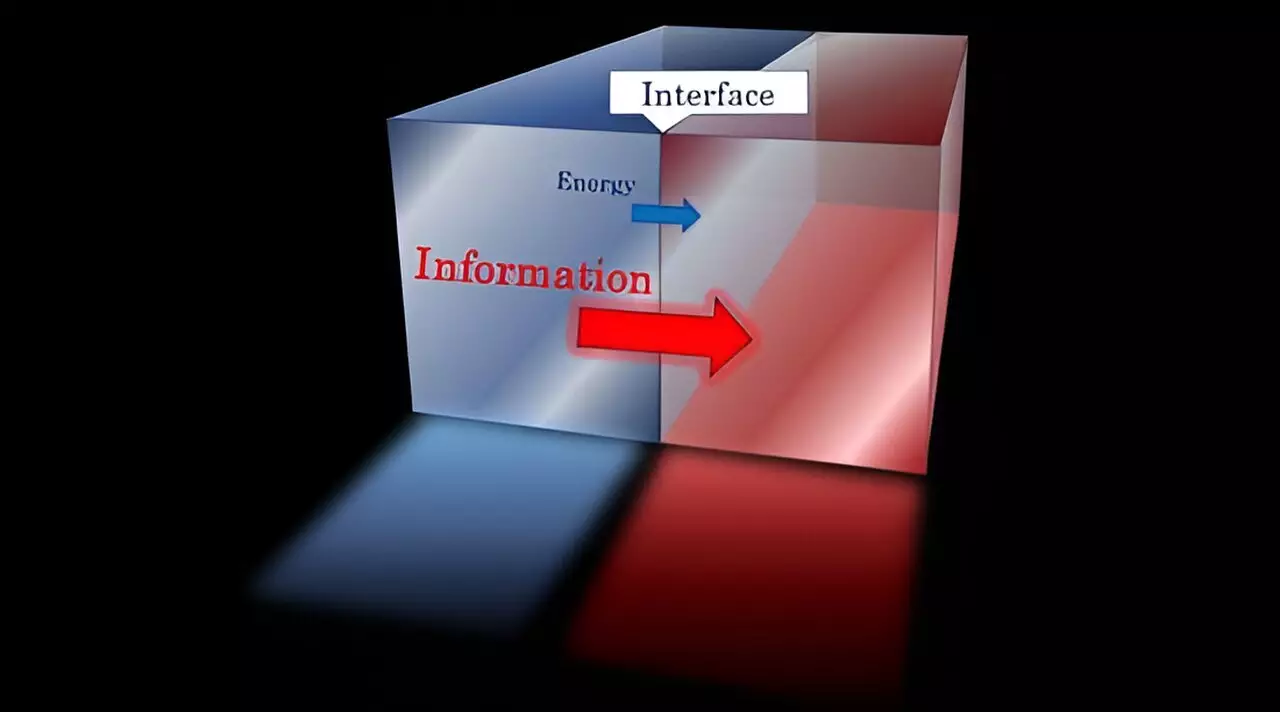The fundamental principles of quantum field theories have long intrigued scientists, particularly regarding the interaction between different theoretical frameworks. Recently, a group of researchers has achieved a groundbreaking discovery regarding the relationship between energy and information transfer at quantum interfaces—an area that has previously posed significant challenges in theoretical physics. Their findings, released in the esteemed journal Physical Review Letters, offer a fresh perspective on how these two critical elements intertwine within the complex landscape of quantum mechanics.
The study spearheaded by Hirosi Ooguri from the Kavli Institute for the Physics and Mathematics of the Universe and Fred Kavli from Caltech highlights a unique and surprisingly straightforward relationship among energy transfer rates, information transmission rates, and the dimensional characteristics of Hilbert space. Specifically, within the realm of two-dimensional, scale-invariant quantum field theories, they identified concise and universal inequalities that govern the interplay among these fundamental quantities. The implications of this discovery extend beyond mere mathematical curiosity; they reshape our understanding of how different quantum theories connect and interact with each other.
The researchers established a hierarchical relationship represented as follows: the rate of energy transmission is always less than or equal to the information transmission rate, which in turn is less than or equal to the size of the Hilbert space. This relationship, encapsulated in the notation [ energy transmittance ] ≤ [ information transmittance ] ≤ [ size of the Hilbert space ], succinctly encapsulates the essential dependencies that guide these processes. A pivotal takeaway from their analysis is that energy transfer is intrinsically linked to information transmission, suggesting that efficient energy transfer cannot occur in isolation from information flow.
Understanding this relationship holds profound implications for various fields, including particle physics and condensed matter physics—domains where quantum field theories serve as fundamental building blocks. The research team’s conclusions contribute to a more unified view of energy and information dynamics, potentially paving the way for future breakthroughs in quantum computing and information theory.
Moreover, the rigor of their findings, which assert that no stronger inequality is possible, emphasizes a fundamental limit on how we can manipulate energies and information in quantum systems. This finding holds the potential to inspire new theoretical and experimental approaches to managing and harnessing quantum phenomena.
The insights brought forth by this international team not only shed light on the riddles of quantum theory but also create avenues for further exploration into the quantum fabric of reality. As researchers endeavor to deepen their understanding of these dynamics, the quest for comprehending the energy-information nexus reinforces the significance of interdisciplinary collaboration in addressing the complex challenges of modern physics. The implications of these findings are likely to resonate through multiple scientific fields, heralding a new era of inquiry and innovation.

